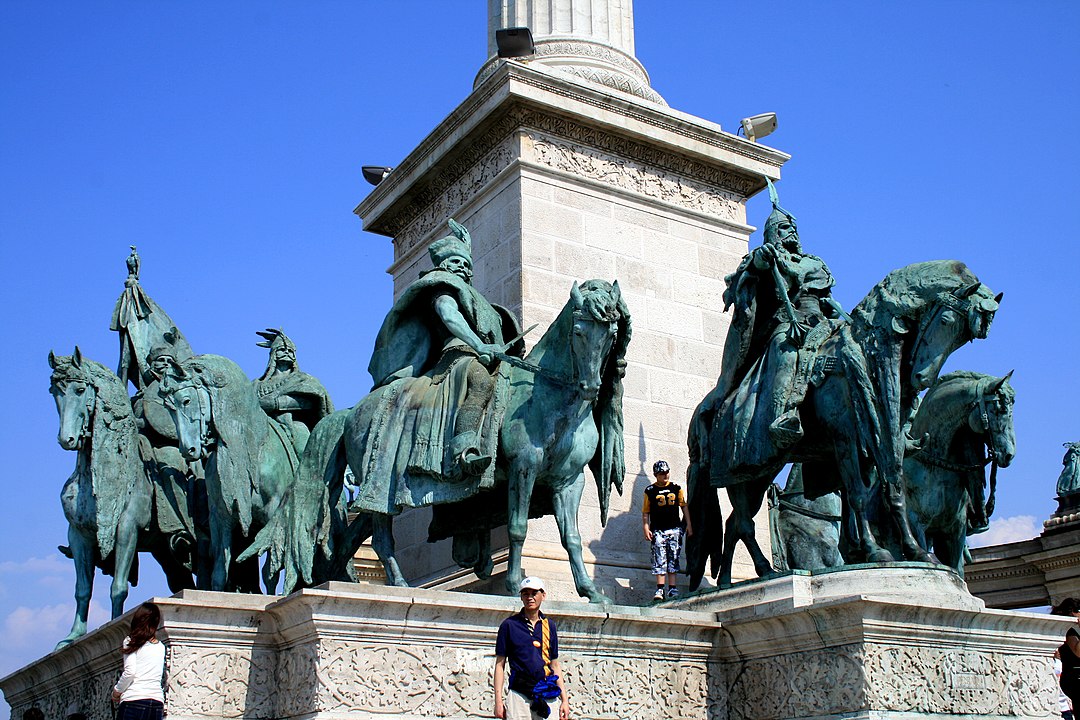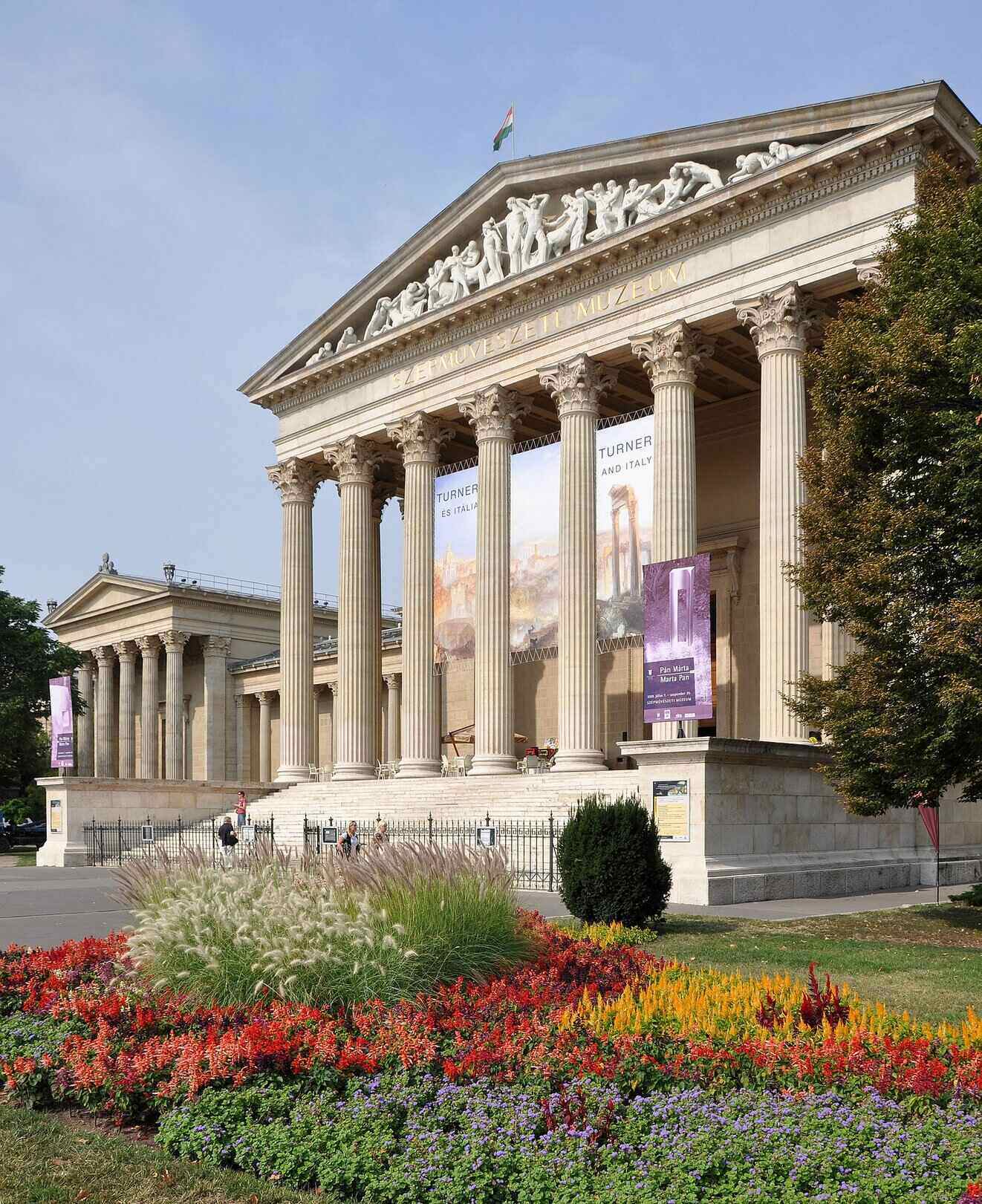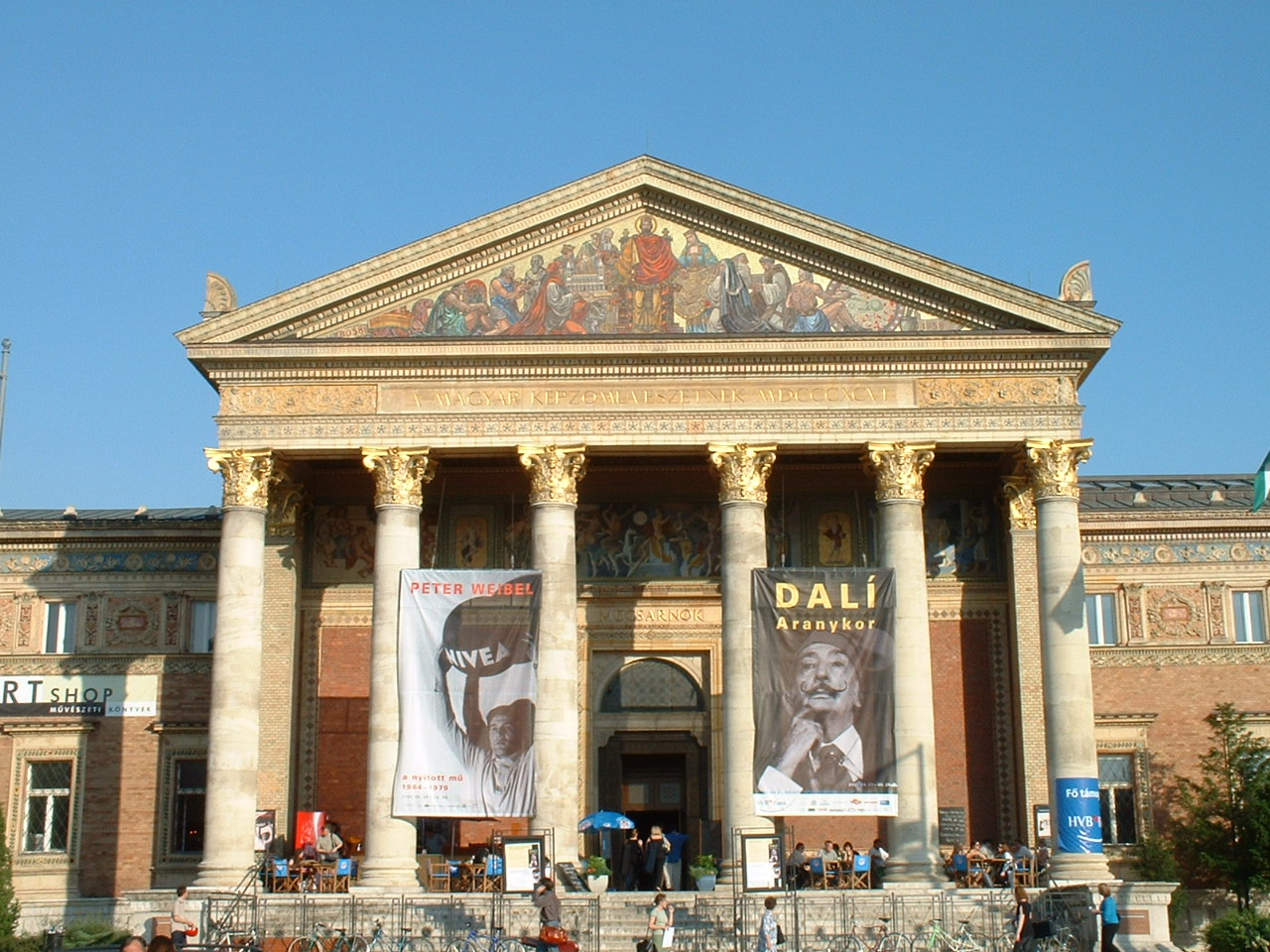The symbolic meaning of the Heroes’ Square in Budapest – PHOTOS

In the first half of the 20th century, many statues and sculptures were erected in several symbolic squares of Budapest. At first glance, they seem to be easy to understand, but in reality, their message or the meaning behind them is much more profound. The Heroes’ Square is one of these places, having a significant meaning that formed Hungarian identity.
Sculptures and monuments of public places were born in different historical situations under differing circumstances. If we take a look at the symbolism they represent, we can find sacral and profane meanings. In a very short period, many massive sculptures and groups of sculptures were set up in the most iconic and emblematic squares of the capital. Some of them have an easily understandable meaning, while others act as complex emblems representing a specific moment of Hungarian history. Today, we will take a look at probably the most well-known and most popular square of the capital, the Heroes’ Square.

Let’s start with the very centre of the place. The high corinthian column standing in the middle is crowned by archangel Gabriel’s statue, holding the Holy Crown in his hand. The relatively big creation was introduced in 1900 by György Zala at the Paris Exposition (Exposition Universelle) and instantly was rewarded with a gold medal by the jury – writes pestbuda.hu.
In one hand, archangel Gabriel holds up towards the sky the Holy Crown representing the Hungarian State’s 1000-year-old history, while in his other hand he rests the Patriarchal cross, the universal religious symbol of Christianity.
When Zala presented his exquisite creation, he was already working on other sculptures that would later end up giving further grandeur, in my opinion, to the most superior square of Budapest. The Millennium Monument, of which archangel Gabriel is practically the centrepiece, has become the pool of different symbols. The Corinthian column is surrounded by a high pedestal and the statues of the Seven Chieftains of the Magyars, on their horses. (The seven chieftains were the leaders of the seven tribes of the Hungarians when they arrived in the Carpathian Basin in the 9th century.) This lower level of the sculpture leads us way back in history to an authentic and realistic world. The Hungarian conquest is not only represented in the art of György Zala but also the monumental paintings of Mihály Munkácsy and Árpád Feszty. Their works, back in the beginning of the 20th century were exhibited in the Museum of Fine Arts standing on one side of the square, as well as in a gazebo built in the City Park.

The seven leaders together with archangel Gabriel do not only tell the story of the Hungarian conquest and Saint Stephen I creating the basis of Christianity in the country, but thanks to the Corinthian column, the ancient Greek and Roman world is also present.
During the rule of Trajan, a Roman emperor, columns were erected in Rome, representing victory and telling the story of conqueror campaigns with the help of embossments. In the case of the Millennium Monument, embossments narrating the victorious moments of our nation are not found on the column itself, but on the pedestals under the statues. The two museum buildings on the two sides of the square, designed by architect Albert Schickedanz, evoke antiquity.
The Museum of Fine Arts is situated on the right side, if you are in front of the square with Andrássy Avenue behind you, while the Budapest Hall of Art or Palace of Art stands just right across the square on the left of the column. Although the latter was ready by 1896, the small triangle on its façade was left empty without any decoration, until 1938 when in celebration of Saint Stephen I, a beautiful mosaic was created to adorn the building, called “Saint Stephen, the patron of Arts”.

This mosaic in a Christian spirituality created a contrast with the naked statues revoking Greek-Roman belief standing on the façade of the Museum of Fine Arts, just opposite the Hall of Arts on the other side of the square.

When the Treaty of Trianon was signed the 4 June 1920 causing Hungary to lose two-thirds of its territory, it left a tragic mark. One of the first protests against Trianon was held in front of the Millenium Monument, most precisely in front of the statue of Árpád, one of the seven chieftains. In 1929 the monument was completed by building a symbolic tomb dedicated to all those who had fallen in the First World War. Remembering these heroes, since 1932 the square is called Heroes’ Square.
Source: pestbuda.hu





